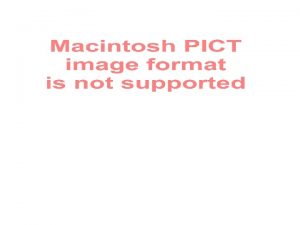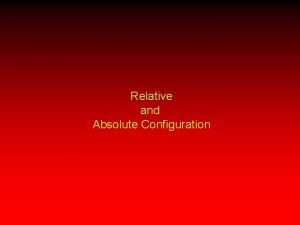Crossfire Deploying the Optimal Configuration Point to Multipoint







- Slides: 7

Crossfire: Deploying the Optimal Configuration -Point to Multipoint vs Consecutive Point vs Mesh Dan Gulliford Vice President Advance Technology Broadband Wireless World Forum February 19, 2001

Point-to-Point Technology i 155 Mbps being deployed today Limited scalability i Redundancy, but not alternate routing i Line of sight issues i Financial Building Network Interconnect Point-Of-Presence (POP) © 2000 Triton Network Systems, Inc. All Rights Reserved. Confidential and Proprietary.

Point-to-Multipoint Technology POP Financial Building Bank City Hall n n n Typically 10 to 45 Mbps per building Capacity declines as subscribers are added No alternative routing or redundancy Line of site and frequency reuse issues Best suited to low- to medium scale BW needs University © 2000 Triton Network Systems, Inc. All Rights Reserved. Confidential and Proprietary. Trade Center

Consecutive Point Network - Ring/Mesh Networks n n n Ideal CPN uses radios designed specifically for ring/mesh deployment Totally transparent to voice, video, and data applications Radios work with standard network equipment to provide total CPN solution Bank Gateway POP Financial Building University City Hall © 2000 Triton Network Systems, Inc. All Rights Reserved. Confidential and Proprietary. Trade Center

Consecutive Point Networks Dense deployments POP Create self-healing, route-diverse networks © 2000 Triton Network Systems, Inc. All Rights Reserved. Confidential and Proprietary. Minimize frequency interference

Consecutive Point Networks n n n n Scaleable & Flexible: Build to customer demand, matching revenue generation with network investment outlay Reliable & Available: Dual route (path) diverse links to customers Backhaul to backbone network inherent in architecture (minimizes backhaul issue and cost) Simpler RF planning: Easier adaptation as network grows in size and density (grow and evolve to mesh) High spectrum efficiency: One 50 MHz channel pair gives greatest, most flexible, and highest bandwidth density per customer Dense network deployment because of efficient RF spectrum management of co-channel interference Uses state-of-the-art standard network equipment--fully future proof --Best choice for medium to high capacity BW needs © 2000 Triton Network Systems, Inc. All Rights Reserved. Confidential and Proprietary.

Consecutive Point and Mesh Topology n n Mesh network advantages: u High survivability u Support heterogeneous and dynamic traffic patterns Consecutive Point is a minimal form of mesh (n[the # of conections per node] = 2), which provides full redundancy u Consecutive Point can readily be expanded to complex mesh, if needed: u Economic justification of extra links: • Additional capacity? • Additional reliability? --Typically ROI diminishes rapidly as n increases beyond two © 2000 Triton Network Systems, Inc. All Rights Reserved. Confidential and Proprietary.













